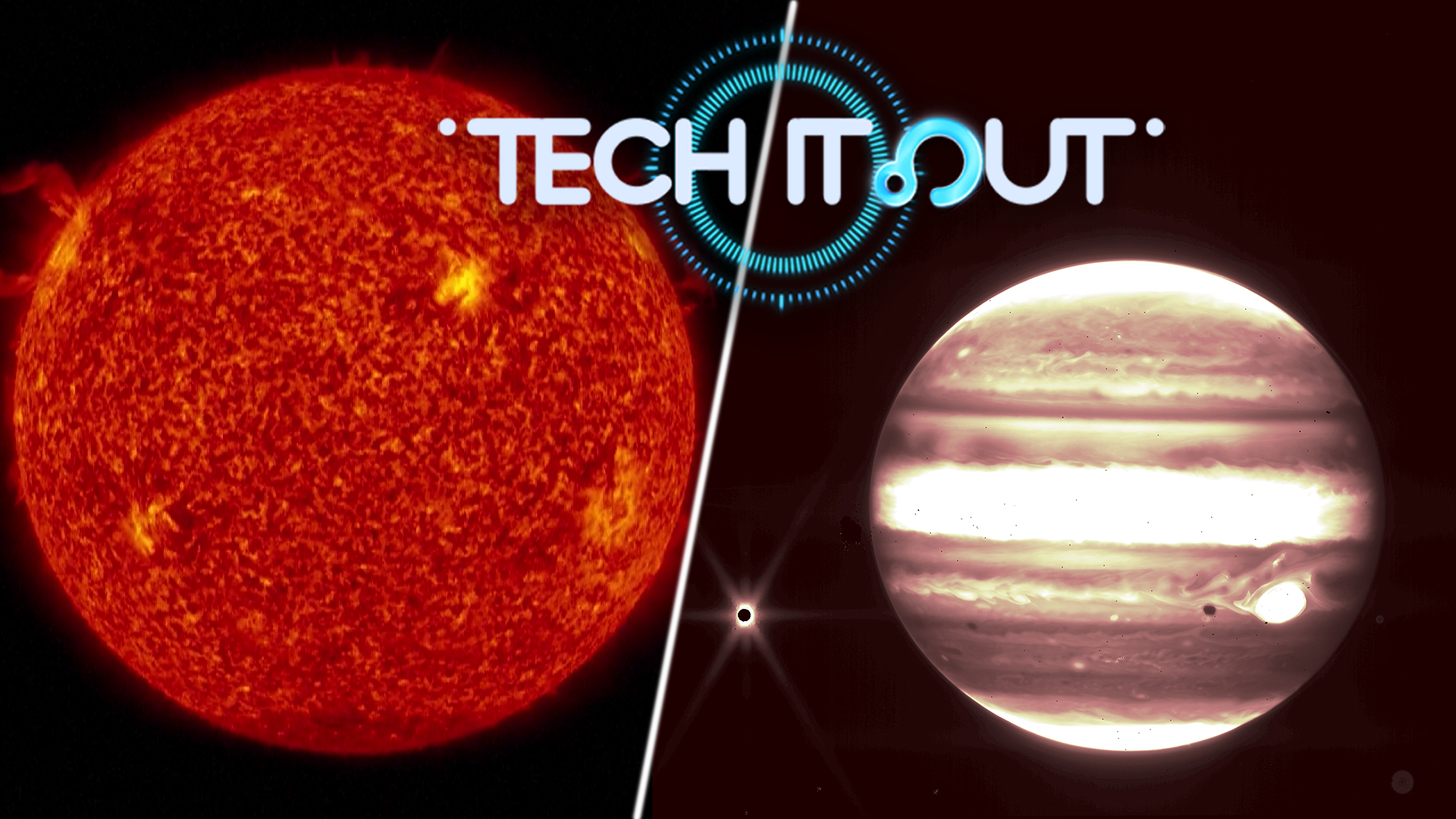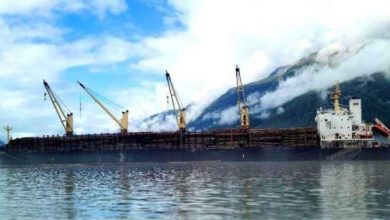Science Saturday: CO2 on Jupiter’s moon and China’s next solar mission

[ad_1]
Jupiter exploration
A crucial ingredient of life, carbon dioxide, has been found on Jupiter’s icy moon, Europa. The discovery was made by the James Webb Space Telescope and raises the possibility that Europa could potentially support life. NASA says analysis shows that this carbon likely came from the subsurface ocean and was not delivered by meteorites or other external sources. It adds that it was deposited on a geologically recent timescale.
Rare asteroid sample collected
NASA has successfully collected a sample from the asteroid Bennu. The robotic spacecraft, OSIRIS-REx dropped off the asteroid sample contained in a capsule in the state of Utah on September 24. The craft was launched into space in 2016 and collected samples from the carbon-rich Bennu asteroid in October 2020. It began its voyage back to Earth in 2021. Researchers hope the asteroid samples will reveal clues about the birth of our solar system and the origins of life on Earth.
India moon mission
India’s moon lander and rover missed a wake-up call. The Chandrayaan-3 lunar lander and Pragyan rover entered hibernation in early September. Attempts to awaken the pair since September 22 after a two-week long frosty lunar night have failed so far. India space authorities said they hope to see some action from the craft over the next 14 days. The iconic pair were the first man-made objects to land on the moon’s south polar region. The feat established India as the fourth nation in history to make a lunar landing after the U.S., Russia and China.
Solar exploration
China has plans to launch a solar exploration satellite in 2026. The Xihe-2 will venture into a previously unexplored orbit between Earth and the sun. It aims to explore the origin and evolution of the magnetic field in the solar active region and find out more about the three-dimensional structure and physical mechanism of solar bursts. The Xihe-2 will be the world’s first artificial probe to the Sun-Earth Lagrange L5 point, a location that’s advantageous for space weather research and monitoring.
[ad_2]
Source link






